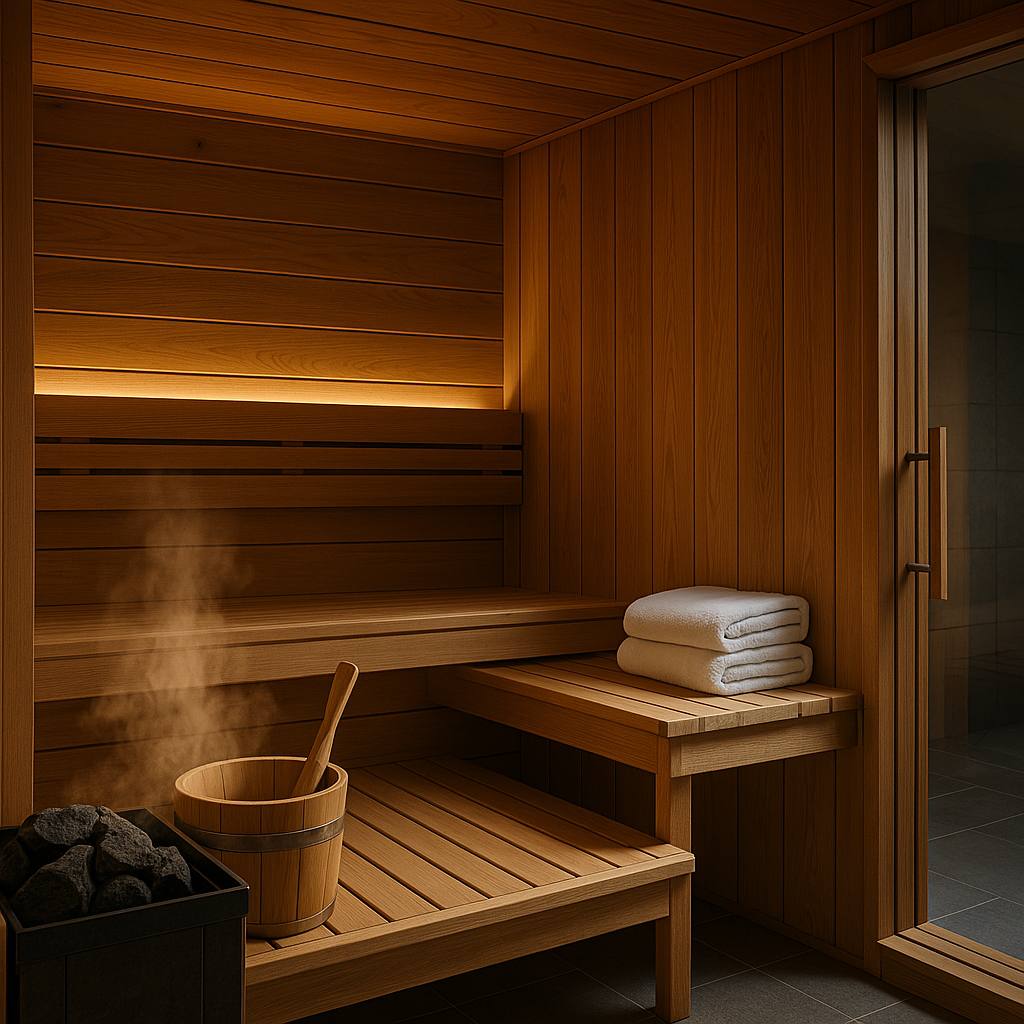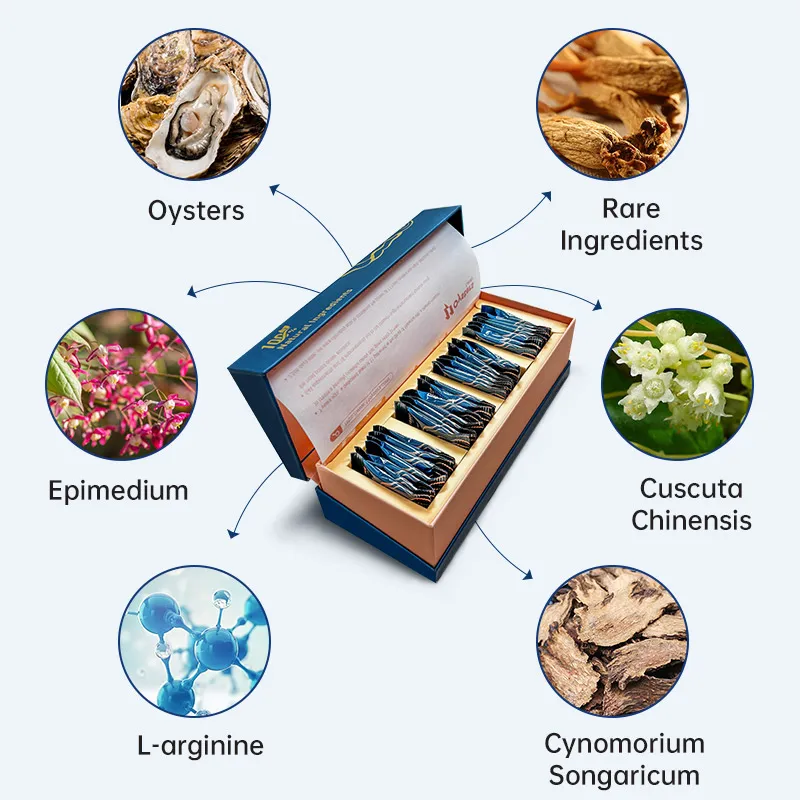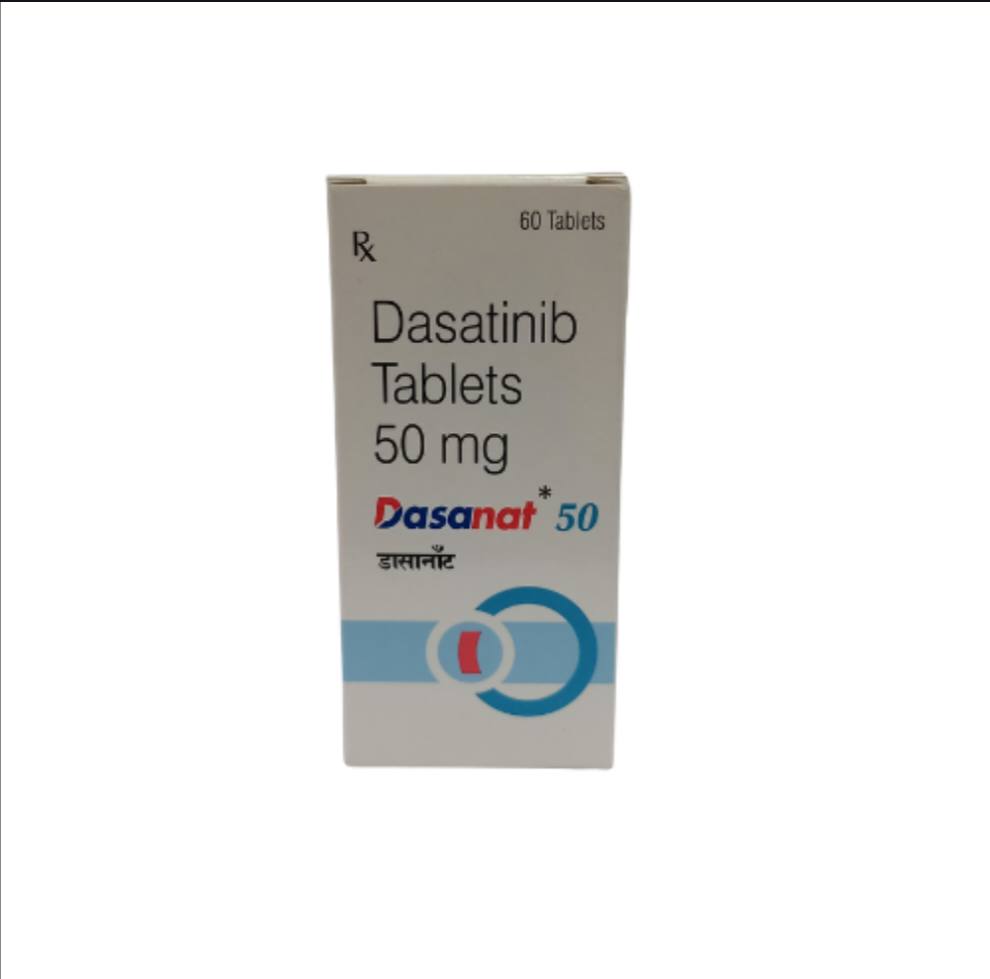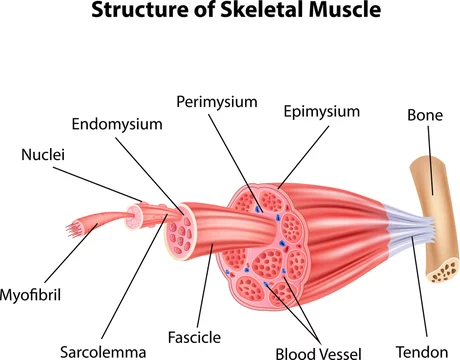Do you need help right now in San Antonio? Here’s how emergency rooms can help in a crisis, what to expect, and how to get the right care fast.
What Are San Antonio Emergency Rooms and When Should You Use Them?
San Antonio emergency rooms (ERs) are places you go when you have a medical emergency. They are open all day, every day, weekends and holidays too. If you are very sick or hurt, you should visit an ER. For example, if you have trouble breathing, chest pain, bad burns, or broken bones, you need urgent help. Emergency rooms are ready with doctors, nurses, and special tools to handle these situations.
In San Antonio, there are more than 30 emergency rooms spread across the city. This means you can find help nearby no matter where you live. Last year alone, more than 1 million people visited ERs in San Antonio. You are not alone if you need care.
How Do San Antonio Emergency Rooms Work?
When you come to an emergency room, you will first talk to a nurse. This is called triage. The nurse will ask about your problem. They will check how serious your case is. If your case is very serious, you will see a doctor fast. If your case is less serious, you might have to wait.
Doctors and nurses in San Antonio ERs are trained to help in emergencies. Many speak both English and Spanish to make things easier for everyone. The staff uses special machines to check your heart, lungs, and more. They can do quick blood tests or x-rays. This helps them find out what is wrong fast.
Most ERs are linked to big hospitals. If you need to stay in the hospital after treatment, they can move you easily. Some emergency rooms are “standalone” – not in a big hospital. If you need more care, they call an ambulance to take you to the right place.
When Should You Go to a San Antonio Emergency Room?
Here are some signs that you should go to an ER right away:
- Sudden chest pain or trouble breathing
- Bad accidents or deep cuts
- Seizures or passing out
- High fever (over 104°F) and hard to wake up
- Poisoning or swallowing dangerous stuff
- Severe allergic reactions (trouble breathing, face swelling)
- Serious burns or broken bones sticking out
Remember, if you think your problem is life-threatening, call 911. Paramedics come fast and can start helping before you get to the ER.
Not Sure If It’s an Emergency? Here’s What to Do
Some health problems can be scary but not life-threatening. If you have a sore throat, mild fever, or a small cut, you may not need the ER. In San Antonio, you can call the South Texas Poison Center for help if you are not sure. You can also visit an urgent care clinic for quick help with minor problems.
But, when in doubt, it is better to be safe. If you are very worried or in lots of pain, go to the ER.
ER Fast Facts and Numbers in San Antonio
- Over 1.1 million people visited Bexar County ERs in 2023
- The busiest ERs see over 300 patients a day
- Almost 20% of visits are for chest pain or breathing trouble
- Children make up about 25% of all ER visits in the city
- Average wait time for care is 21 minutes for serious cases
- Most ERs in San Antonio have translators for over 10 languages
Case Study: The day after Fiesta in San Antonio, 32 people were treated in the ER at University Hospital for heat exhaustion. Many others came in after slip and fall accidents during the celebrations.
Data from the CDC says fast care at ERs can lower the chance of death by over 25% in serious illnesses like heart attacks or strokes. This is why it’s so important to get help fast.
What Should You Bring to a San Antonio Emergency Room?
To help things go faster, bring:
- Your photo ID (like a driver’s license)
- Insurance card (if you have one)
- A list of medicines you take
- Info about allergies or past surgeries
If you have kids, bring their shot records if you have them. If someone else is bringing you, let them know about your medical history.
What Happens After the ER Visit?
Once doctors finish your treatment in the ER, one of three things can happen:
- You go home with medicine or instructions.
- They send you to another doctor for more tests.
- You must stay in the hospital for more care.
About 80% of people who visit ERs in San Antonio go home on the same day. The rest stay longer if doctors need to watch them closely.
Paying for Emergency Room Visits
Emergency care can be expensive. But under Texas law, ERs must treat you even if you can’t pay right away. If you have insurance, it will help lower your bill.
In 2023, the average ER visit in San Antonio cost about $1,400. However, the ER will not turn you away if you do not have money. Later, you can work with the hospital to pay the bill in smaller amounts.
If you are worried about costs, ask the hospital about their payment programs. Many people get help to pay through programs for low-income families.
Local San Antonio ERs You May Need
Here is a quick list of well-known emergency rooms in San Antonio:
- University Hospital Emergency Department (4502 Medical Dr.)
- Methodist Hospital ER (7700 Floyd Curl Dr.)
- Baptist Medical Center ER (111 Dallas St.)
- CHRISTUS Santa Rosa Hospital ER (2827 Babcock Rd.)
- Many standalone emergency clinics, like ER Near Me or Texan ER, across the city
Tips for Visiting San Antonio Emergency Rooms
- Bring a family member to help you remember doctor’s advice
- Ask questions if you do not understand something
- If you have time, write down your symptoms before you arrive
- If you or someone else is having an emergency, call 911 right away
“`










